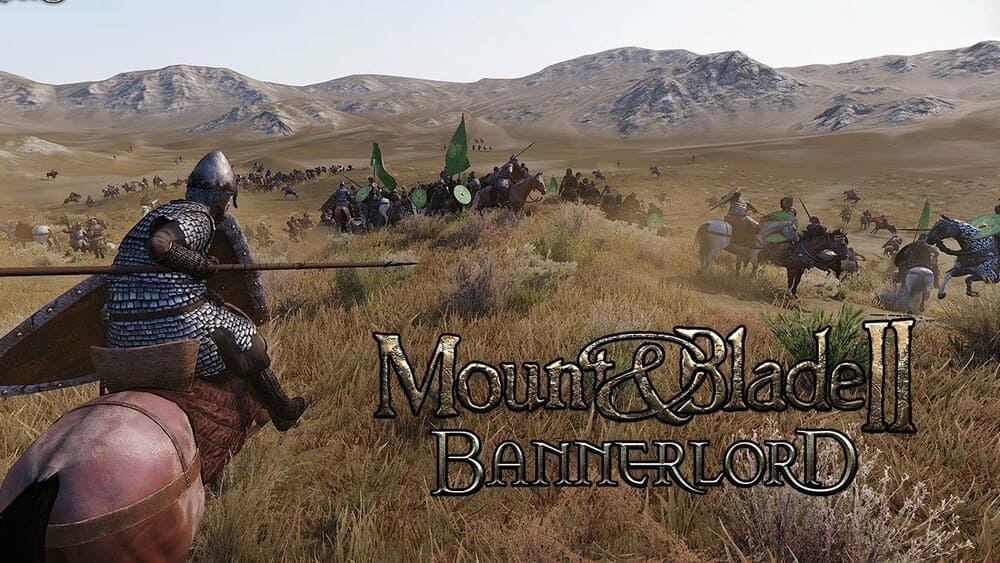

Generally, a rudder is "part of the steering apparatus of a boat or ship that is fastened outside the hull", that is denoting all different types of oars, paddles, and rudders. In typical aircraft, the rudder is operated by pedals via mechanical linkages or hydraulics. In larger vessels, cables, pushrods, or hydraulics may be used to link rudders to steering wheels.

On simple watercraft, a tiller-essentially, a stick or pole acting as a lever arm-may be attached to the top of the rudder to allow it to be turned by a helmsman. Often rudders are shaped so as to minimize hydrodynamic or aerodynamic drag. In basic form, a rudder is a flat plane or sheet of material attached with hinges to the craft's stern, tail, or after end. A rudder operates by redirecting the fluid past the hull (watercraft) or fuselage, thus imparting a turning or yawing motion to the craft. On an aircraft the rudder is used primarily to counter adverse yaw and p-factor and is not the primary control used to turn the airplane. A rudder is a primary control surface used to steer a ship, boat, submarine, hovercraft, aircraft, or other conveyance that moves through a fluid medium (generally air or water).


 0 kommentar(er)
0 kommentar(er)
